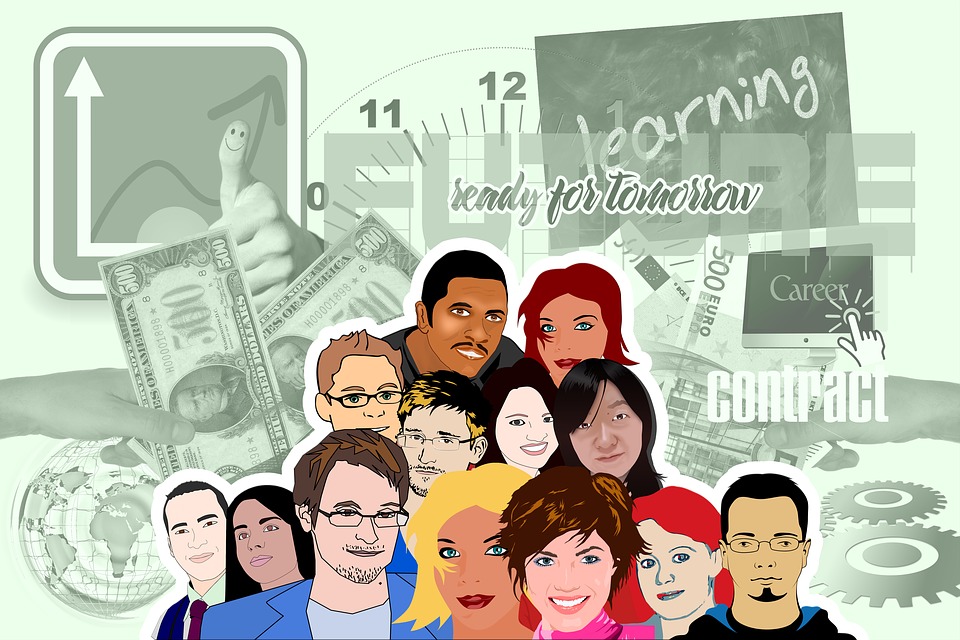What an Indispensable Employee Looks Like
Intrapreneurs, The Heroes of the Workforce
I spend a lot of time working with and teaching highly skilled and highly motivated people, young professionals and experienced professionals, entry-level workers and high-level executives, technical focused and people focused; a really wide range of people. Of all the different kinds of people I deal with on a regular basis, the most welcoming and exciting to work with have to be the Intrapreneur. For those of you who are not familiar with the Intrapreneur; they are people who exhibit the personal drive, dedication, professional pride, and intrinsic motivation and are the hallmarks of successful entrepreneurs, except they choose to work within an organization or business. These are the people who work in a company that makes other people wonder; “With their skill and drive, why they haven’t started their own business?”
Intrapreneurs are the heroes in their company who are not necessarily in it for the money or prestige, they are motivated by a need to seek innovation, solve problems, and, most often, they believe in what they do, and they look to do it better. Intrapreneurs are often the backbone of a successful company, if a company creates an environment where Intrapreneurs can thrive, be recognized and given more responsibility to create a larger impact then they will lift the company beyond anyone’s expectations.
What makes Intrapreneurs?
Developing Intrapreneurship is really not that different from developing a garden. You need the right materials, the fertile soil to get started, and the right resources to be nourished.
In this sense, the right materials are likely within the personality qualities of the person. As someone who researches and teaches topics around cognition and skill development, in my professional opinion, these qualities are best identified in the Big Five Factors personality traits. This is part of the foundation of Personality Psychology and an excellent inventory of the qualities that make us who we are. The main quality strengthens that are needed to create an Intrapreneur would be:
Openness
-Adventurousness (prefers variety and trying new and different ways to do things)
-Intellect (likes complex problems, enjoys going in depth with complicated ideas)
-Liberalism (avoids convention, tends to not be satisfied with the status quo)
Conscientiousness
-Self-efficacy (has the confidence to take on tasks and successfully complete them)
-Achievement-striving (self motivated to work hard)
-Self-discipline (will complete tasks, regardless of how distasteful)
If you would like to test yourself against the Big Five Factors and find your score on the above traits, among many others, you can take the actual IPIP-NEO assessment that is the representation of the scientific assessment used by Personality Psychologist. Find the test here.
What environment is needed to develop an Intrapreneur?
Going back to the garden analogy, what is the fertile soil to plant the budding Intrapreneur? Basically, flexibility is key. An environment where there is not just a linear process to accomplish outcomes, where there is a way to fine tune and improve processes or look at new ways to create efficiencies. The Intrapreneur is all about ideas, sees the angles, and wants the flexibility to pursue the best option.
Another essential piece is the resources to be nourished; the key to this is really access. The Intrapreneur needs to have access to information, equipment, and support to develop the idea or solve the problem. Access can be the greatest form of appreciation for the Intrapreneur, as it is not just lip service to their efforts and potential, but a tangible endorsement of their efforts, which will be key to keeping a successful Intrapreneur at your company.
The Takeaway
We have all seen Intrapreneurs in action; they are the indispensable co-workers who we know will go above and beyond and find better ways to do their job. It’s the person who works for a company we regularly deal with and enjoy interacting with because they take pride in what they do; they are self-motivated. If you have ever dealt with someone and have been impressed with their ingenuity, commitment, work quality and thought to yourself “this person is going places” then odds are you have been dealing with an Intrapreneur.
Intrapreneurship needs to be fostered, cultivated and appreciated. They are essential to the growth and sustainability of any organization or company. The reality is that human capital is the most important resource to any business and Intrapreneurs are the gold standard that gives any business its greatest value.
Roman 3 is an advising and solutions firm that specializes in inspiring progressive action, creating a culture of innovation, and assisting organizations in implementing transformative change. We help you build capacity, collaborate, be progressive, and grow to your full potential. For more information on our services and support check us out at www.roman3.ca





